Breaking Through the Invisibility of Pain
Pain often cannot be seen.
We can feel it, our bodies display symptoms stemming from it, but pain will not be remedied until it is acknowledged. Our invisible afflictions demand attention, relief, and resolution as we anxiously seek acknowledgement and help. When we are met with neither, we are plunged into hopelessness. Pain is one of the strongest emotions humans experience. The more it lingers, the more it drives us to scream out, “Does anyone see me? Do something! Help me!”
I live with both cystic fibrosis, which is a genetic terminal disease that mainly affects the respiratory and digestive systems, and Scheuermann’s disease, which is a spinal deformity. Both have resulted in chronic and often debilitating pain that frequently drives me to bed with a heating pad, taking multiple pain medications, being alone in my room instead of at social outings, lying awake in the wee hours of the night seeking any hint of relief, and crying in the bathroom when it overtakes me in public. Yet despite its severity, my pain is usually hidden, especially as I’ve learned to hide it so well. Because there are no visible symptoms of my afflictions, most people don’t recognize my suffering, and if they do, they grow numb to it, or sweep over it with a platitude like, “You look great! I would have never known you’re sick!” It may feel like a compliment, but my deepest need is for someone to see my pain.
Witnessing the pain of others is uncomfortable and we often prefer its trait of invisibility. The question, “how are you?” quickly turns sour when someone offers an unfiltered response, exposing some difficulty. Expecting the habitual response of “Good! How are you?”, we grow silent or offer an “I’ll pray for you” sentiment and carry on our merry way. Offering to pray is a wonderful step, but go a step farther to walk with others in their suffering.
God sees us in our pain, meets us in our pain, and walks with us in our pain, just as he did with Hagar by the well. Alone, afraid, and forgotten, Hagar is surprised to be seen by God Himself! Though she is told she will be protected and blessed, the name she gives God has nothing to do with either. She calls Him “El Roi”, “the God Who Sees.” Being known was more meaningful than all else offered to her.
God meets us in the wilderness at our well. He sees the pain when our smile is just a wall holding back a dam of tears, when we are sobbing in the bathroom alone, when we are clutching a photo of someone we lost, when we are laying on the floor after a few too many bottles of alcohol, when we are mourning broken dreams, when we are paralyzed by anxiety, and when we feel trapped by life’s circumstances. We can do the same, imitating God’s behavior and bearing the burdens of others.
When you ask someone, “how are you?” are you really willing to accept the visibility of pain, to really see it and walk with them through it, no matter how uncomfortable? Or is asking “how are you” just a vapid question that society has turned into a meaningless greeting? All around us, people are silently crying for help. Begging for us to see their pain and intervene. Yet few are willing to break the invisible barrier as God did for Hagar. Who in your life is wandering in the wilderness, slumped over by the well, desperate to be seen? How can you break through pain’s barrier of invisibility to show them that both God and you see their pain, and both are willing to walk with them, just as God did for Hagar?
~ Abi Gordon serves as Production Coordinator at LIFE Fellowship. She enjoys watercolors, photography reading, writing and spending time outdoors. She is as a native of Colorado.
